Blog
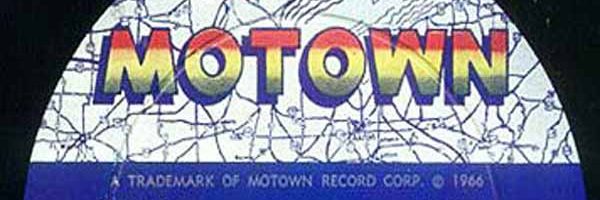
MOTOWN GUITAR SECTION
MOTOWN GUITAR SECTION
DENNIS COFFEY
The Motown guitar team on the session would look at the Master Rhythm Arrangement and divide up the parts to make it easy on ourselves. I would play special effects (Wah Wah pedal, Echoplex, fuzz tone, etc.) I would also play backbeats and fills when needed. I could also read music in the bass clef so I would sometimes double the bass part with Jamerson. I played a Gibson Firebird guitar on all of those sessions in Detroit. I used a Gibson 345 guitar at Mowest when I lived in LA. I still have them both. I was playing jazz and funk four nights a week at the Frolic Show Bar in Detroit with the Lyman Woodard Trio two miles away from Motown studios. Lyman played organ and Melvin Davis played drums.
EDDIE WILLIS
Eddie Willis was born down south and had that great southern funky blues sound going on. He now lives on his farm in Mississippi. I did a lot of Motown sessions with Eddie. I also did a lot of Northern Soul and non-Motown sessions with Eddie. He played funky chords and guitar fills on most of those sessions. Eddie used a Gibson Firebird guitar but when it was broken after many years of use, he bought a Gibson 335.
JOE MESSINA
Joe Messina was the best sight reader in the Motown guitar section. He could sight read anything. Joe used to play on the late night TV show in Detroit with Soupy Sales. Joe was a great jazz player and played with many jazz greats during that TV Show. I took some guitar lessons from Joe before I played at Motown. I used to meet him in the stairwell of the TV studio to take my lesson before he went on the TV show. Joe played a Fender Telecaster. He had to be one of the few jazz guitarists to use that guitar. Most jazz guitarists back then used big hollow bodied guitars like the Gibson 175, Gibson L4, Gibson L5, and Gibson 400. Joe also read bass clef and could play the bass lines with Jamerson.
ROBERT WHITE
Robert White had a nice warm guitar sound. He was a precise music sight reader and played guitar with his thumb like Wes Montgomery. Robert usually played rhythm or written single note parts. He did not play backbeats because his guitar was did not have a bright sound. Robert played with Earl Van Dyke’s band at the Chit Chat club in Detroit and played a Gibson L5.
THE OTHER FUNK BROTHERS
JAMES JAMERSON
James Jamerson was the main bass player at Motown. I did some sessions with Bob Babbitt but most of the time I worked with Jamerson. Jamerson also got me hired at Motown and became one of my best friends. I met Jamerson on a few outside sessions. One day he called me at home. He introduced me to Hank Cosby who was Stevie Wonder’s producer and contracted the musicians at Motown. Hank hired me to play in the Producer’s Workshop band four nights a week at Motown. The purpose of the workshop was to allow record producers to try out new ideas. The workshop was located upstairs of Golden World Recording Studios and Jamerson was the band leader. One day Motown producer Norman Whitfield came in with an arrangement of a song he wanted to record on The Temptations called “Cloud Nine”. When he counted off the song I started using my Wah Wah pedal on the introduction. When Norman heard that sound, he said, “That’s what I’m looking for”, and scheduled me to do the recording session for the Tempts at Motown. After I finished recording “Cloud Nine” for The Temptations, Norman scheduled me at Hitsville almost everyday recording all of his acts which caused other producers to use me as well and I became a member of the Funk Brothers.
Jamerson had such an original style of playing bass that he changed the way musicians played bass forever. Everyone wanted to play like Jamerson. Jamerson could sight read anything and because he was also a great jazz bass player, he could add melodic lines to his funky bass parts.
JOHNNY GRIFFITH
Johnny Griffith was a great keyboard player. He could sight read music and played a Hammond B3 organ at Motown while Earl Van Dyke played the grand piano. Mike Theodore and I used Johnny for many recording sessions on our projects and he always delivered the funky goods.
JACK BROKENSHA
Jack Brokensha was an amazing vibe player from Australia. He was a member of the Australian Jazz Quintet. Jack was the best jazz vibes player I ever saw play at a jazz concert. Jack could also sight read anything. He used to be in the overdub room in Studio A and play his vibes in that room using headphones to hear the rest of the rhythm section. There was also an overdub room in the back of Studio A. I used to have to play in that room when I played acoustic guitar or used an amp. I remember how cold it got in that back overdub room in the Michigan winters. Does anyone else have stories about guitar players working together on a recording session or show?



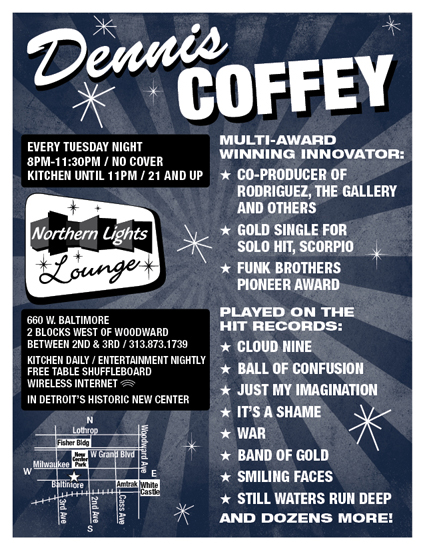



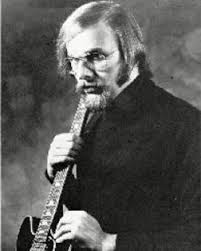
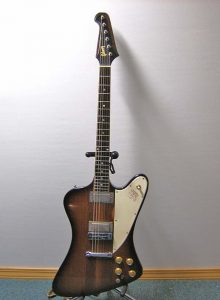
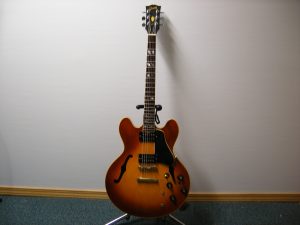

6 Comments